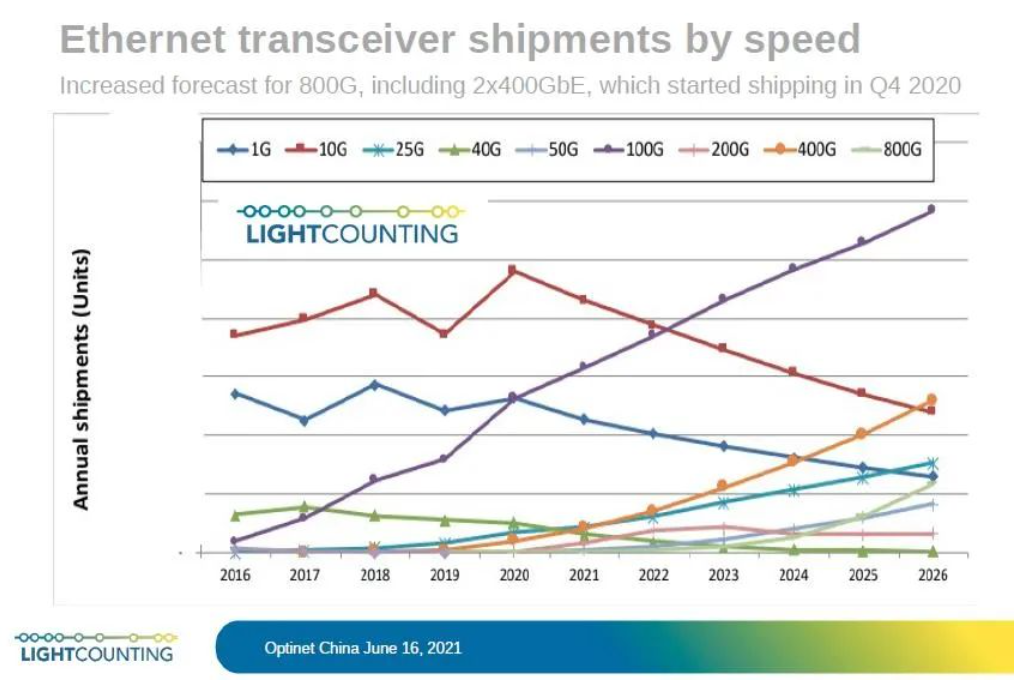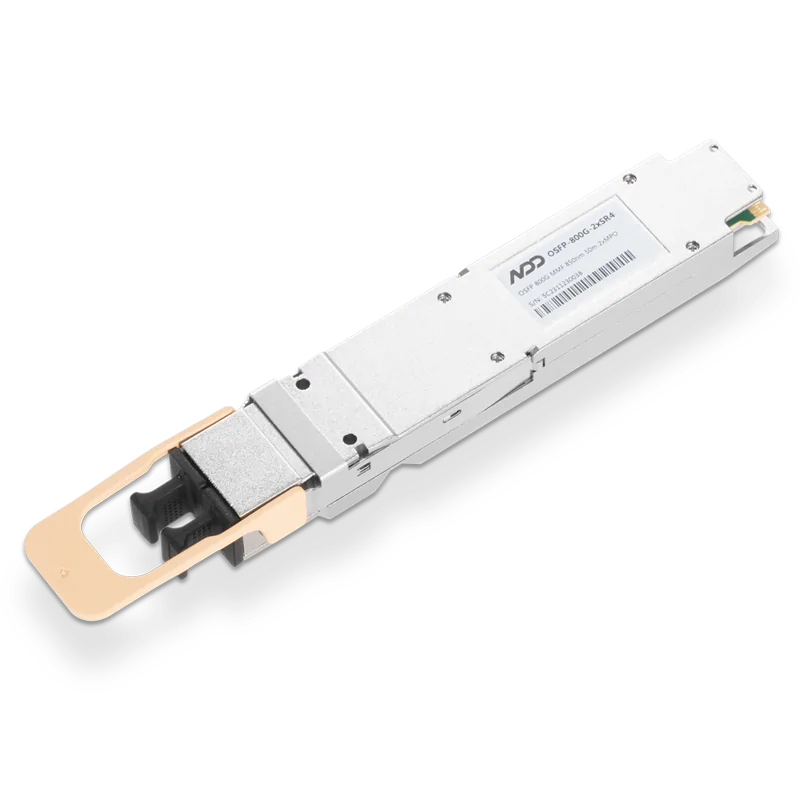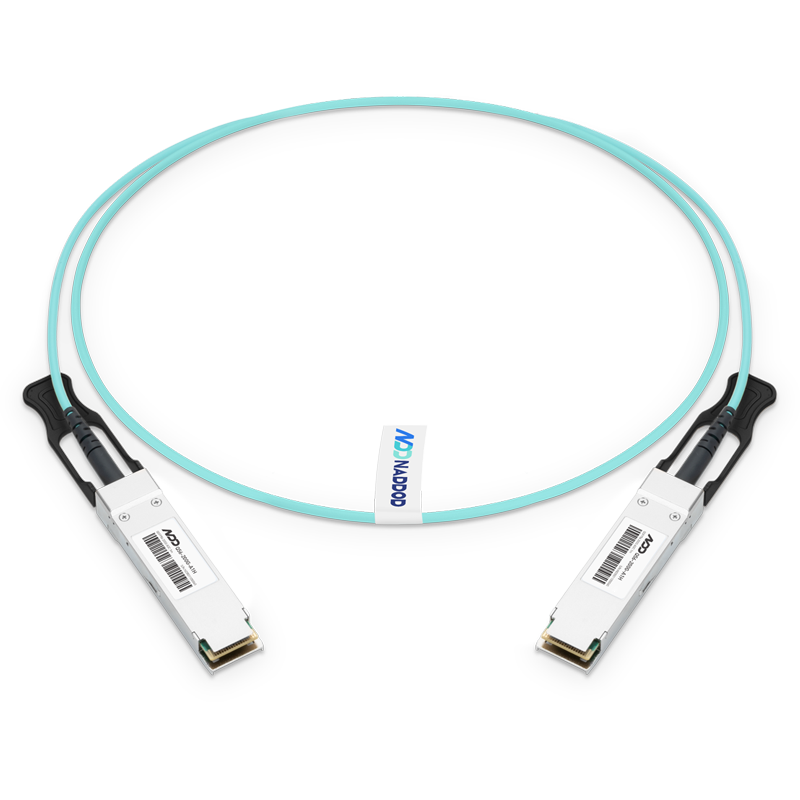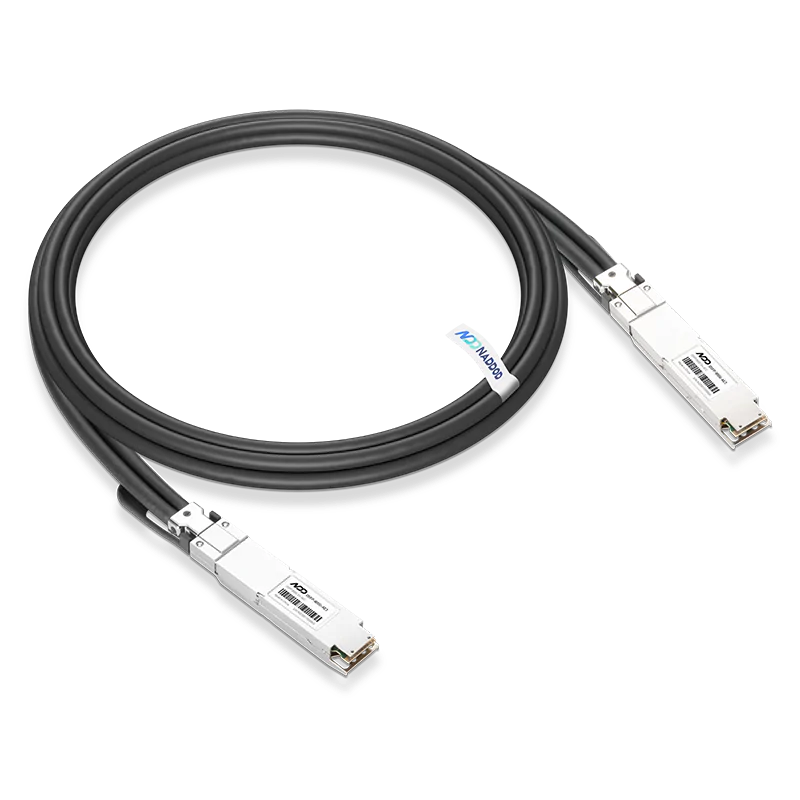As a new generation of information and communication technology that has received much attention worldwide, 5G, with its technical characteristics of high speed, low latency, and wide connection, is driving society into the era of the Internet of everything and promoting the deep integration of the digital economy and the real economy.
As a core device, optical modules are widely used in communication equipment, and are the key to achieving high bandwidth, low latency, and wide connections in 5G. In recent years, due to the domestic policy drive, market traction and emerging application needs, my country’s optical module market has maintained a rapid development trend. The construction of 5G requires the support of tens of millions of high-performance, high-speed optical modules. The accelerated commercialization of 5G will drive the rapid development of my country’s optical module industry.
5G optical modules are mainly divided into fronthaul, midhaul and backhaul optical modules, and the corresponding mainstream rates are 25G, 50G and 100G respectively.
After the demand slowdown & destocking phase in the past few quarters, 5G construction has been fully accelerated since June. With the start of domestic 5G-related centralized procurement, the optical module industry chain is expected to recover strongly. In the second half of the year, the demand for domestic telecom optical modules will be high The boom is established.
In the past two months, the four major domestic operators have successively completed the centralized procurement of 5G wireless main equipment this year. China Mobile and China Radio and Television jointly purchased 480,000 stations of 700MHz wireless network main equipment; China Telecom and China Unicom jointly purchased 242,000 stations of 2.1GHz 5G SA wireless main equipment, with an investment of more than 58 billion yuan.
The telecommunications optical module market is directly affected by the speed of 5G construction. The long-delayed third phase of base station bidding has started one after another, which is expected to boost the market and recover strongly.
Of course, in addition to 5G demand, datacom optical modules, next-generation access network modules and other fields are still growing at a high speed. The rising capital expenditure of leading cloud service manufacturers and the accelerated advancement of gigabit optical networks are all very important. good evidence.
The market demand for datacom optical modules is strong, and high-speed optical modules such as 200G/400G will gradually increase in volume. 200G and 400G and other high-speed optical module products, after about three years of technical reserves and industrial chain accumulation, will gradually increase in volume in 2020. This year’s demand has doubled or more than last year.
LightCounting predicts that by 2026, the average annual compound growth rate of the 400G high-speed optical module market will reach 20.5%. In 2021, the 400G optical module market space will exceed US$1 billion, a year-on-year increase of 140%.

With the incremental demand for optical modules in the telecom market and datacom market, it is of great significance to clarify the development trend of optical module products.
The 100G optical module market has exceeded expectations, and it will have greater strategic significance in the field of data communications in the future. However, with the steady advancement of domestic chip replacement, the price of 100G optical modules is under greater pressure, and the future cost reduction and efficiency increase will be significant.
The 200G optical transceiver has excellent cost performance and is an important product on the data center speed upgrade path. The full series of 200G optical modules can be widely used in various scenarios, and the market space is broad. According to industry chain research, the total demand for 200G optical modules this year is between 1 million and 1.5 million, exceeding market expectations, and the demand for next year will exceed 2 million.
The 400G optical module is one of the important optical interconnection products for data center speed upgrade. It is worth mentioning that the technical threshold of 400G optical modules is higher, and domestic manufacturers are in a leading position. The 400G optical transceiver is the next-generation product of the data center. It is in the early stage of intergenerational upgrade, and the future market space is broad.
Many manufacturers have launched 800G optical modules, which will become the next main battlefield. Since the first-mover advantage brought by the new window of the optical module market means that you can enjoy a longer price bonus and share advantage, it is also particularly important in the development of the next generation of new products.
NADDOD Optical Module Solution
NADDOD is a professional provider of innovative optical networking solutions to HPC, networking, data center and telecom customers, with the vision to Explore the Digital Future of Intelligence. A company devoted to constant technology innovation and breakthroughs, NADDOD has invested a lot in optical networking R&D, product quality control, intelligent manufacturing, industry-leading experts, professional technical support and networking solutions, to provide customers with higher-performance, lower-power consumption, and the most cost-effective optical network products and promote different clients’ network upgrade.
In the construction of 5G, optical communication comes first. The 1G, 8G, 10G, 16G, 25G, 32G, 40G, 100G, 200G, and 400G optical module products provided by Nadode provide professional and reliable optical communication solutions for global users, which can meet the needs of 5G, data centers, and enterprise networks. and campus network requirements, will become a key solution for future high-speed communications.
NADDOD adheres to the vision of “Optical Network Technology Accelerates the Internet of Everything and Brings More Exciting Things to the World”, combines the market and its own technical strength, and fully meets the optical communication needs of different application scenarios with fast delivery capabilities and strong quality assurance , empower the rapid development of the 5G industry, and provide innovative impetus for the sustainable development of the digital economy.

 800GBASE-2xSR4 OSFP PAM4 850nm 50m MMF Module
800GBASE-2xSR4 OSFP PAM4 850nm 50m MMF Module- 1Home Network Cabling Guidelines
- 2How Do Multiple Ethernet Switches Connect?
- 3Difference Between Optical Transceiver and Fiber Optic Transceiver
- 4NADDOD 1.6T XDR Infiniband Module: Proven Compatibility with NVIDIA Quantum-X800 Switch
- 5Vera Rubin Superchip - Transformative Force in Accelerated AI Compute































